There’s a universe out there that’s more mysterious than fiction, filled with planets that defy our understanding and spark our curiosity. From peculiar orbits to unusual atmospheres, these celestial bodies challenge everything we think we know about the cosmos. As scientists probe deeper into these enigmas, they raise questions that suggest something monumental could be on the horizon. Here are 13 bizarre planet mysteries that hint at something big in our universe’s future — and what they might mean for you and your planet.
1. The Backwards Spinner: Venus
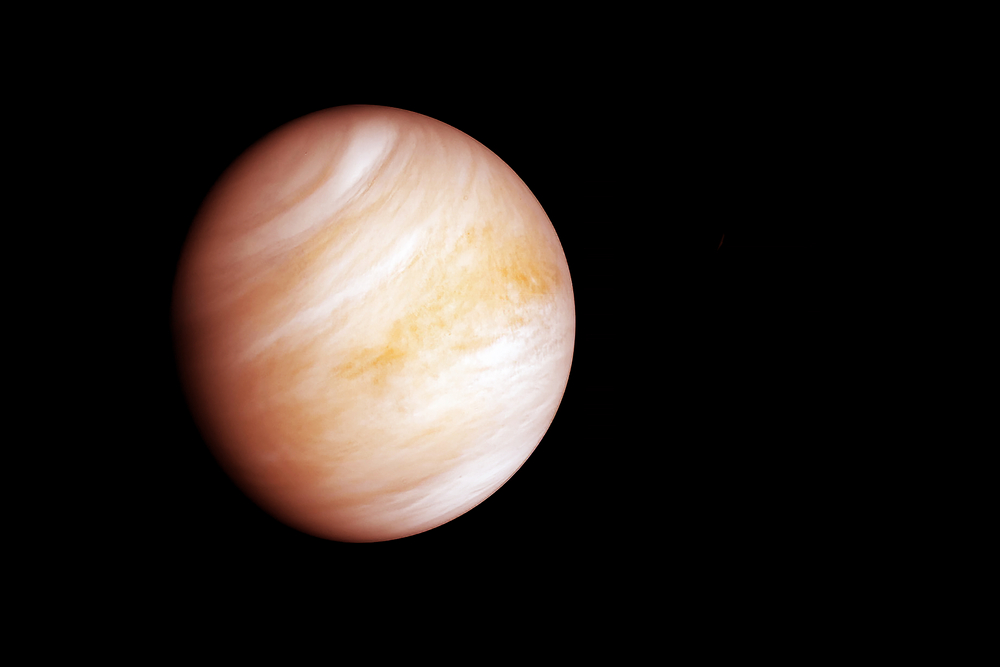
Meet Venus, Earth’s celestial sibling that spins in the opposite direction of most planets in our solar system. While most planets, including Earth, rotate counterclockwise, Venus does a slow, lazy spin clockwise. This peculiar rotation pattern leaves scientists perplexed and wondering if a massive collision with another celestial body could be the culprit. It’s an astronomical mystery that has everyone asking — what else is hiding in the silent void of space?
Astrophysicist Dr. Sarah T. Stewart, quoted in a recent study published in Nature Astronomy, suggests that understanding Venus could reveal new insights about Earth’s past. If Venus’s rotation was indeed reversed by a colossal impact, studying it could offer clues about our own planet’s formation and evolution. It’s a reminder that even the smallest differences in our cosmic neighborhood could have profound implications for our understanding of planetary science. Perhaps, the answers lie in the stars—or maybe, they’re just a question away.
2. The Nightless World: Kepler-10b
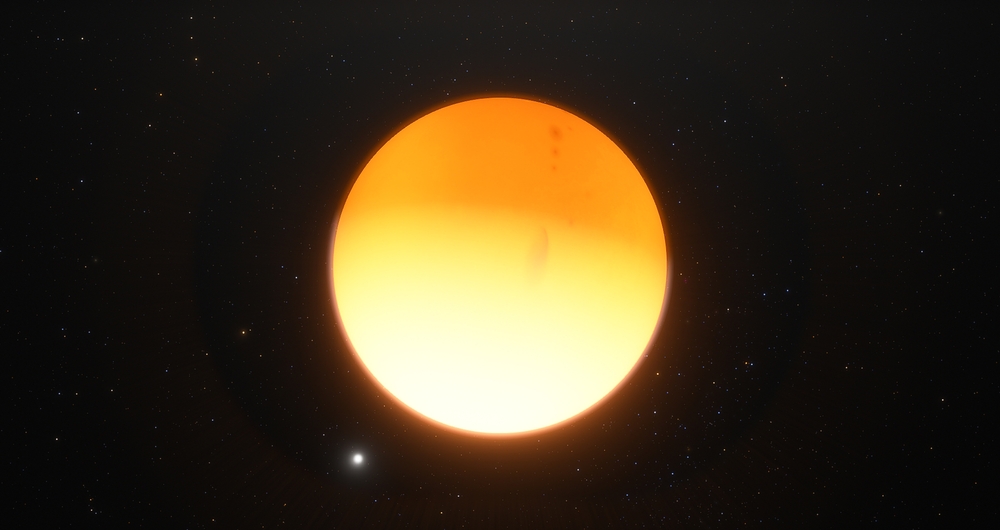
Imagine a world where night never falls and the sun never sets. Kepler-10b, a planet roughly 560 light-years away, offers just that — a perpetual daytime due to its extreme proximity to its star. This closeness results in one side of the planet being permanently scorched while the other side remains in eternal darkness, a stark contrast to the cycles we experience on Earth. The discovery of Kepler-10b challenges our perceptions of habitability and what it means for a planet to support life.
You might wonder, could humans ever adapt to such a place? The constant light on Kepler-10b would pose significant challenges to our circadian rhythms and overall wellbeing. Yet, the quest to understand such planets pushes us to redefine the boundaries of life as we know it. Perhaps, the lessons learned here could help us better grasp the resilience of life in extreme conditions, both on Earth and beyond.
3. The Methane Riddle: Mars
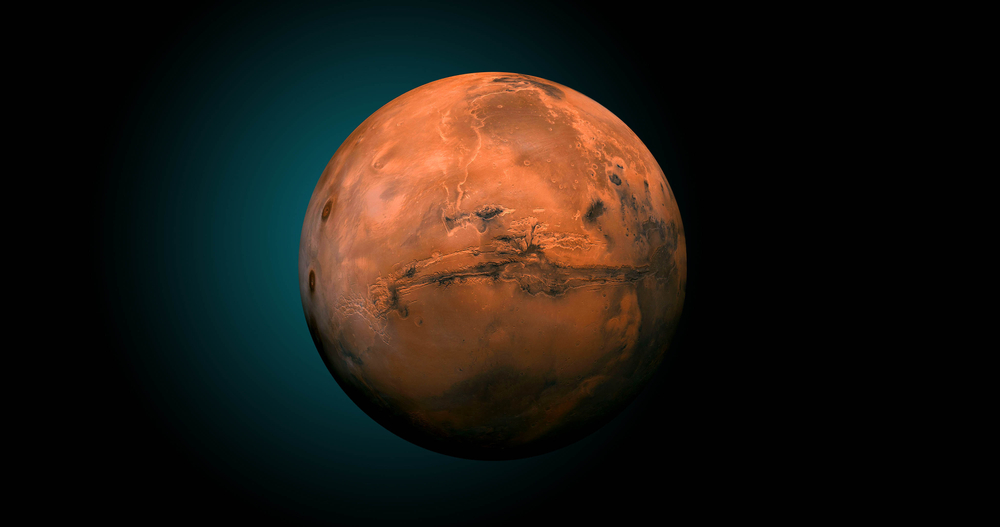
Mars is a planet of many mysteries, but its methane emissions are among the most puzzling. Methane, a gas associated with biological life, fluctuates in the Martian atmosphere in ways that defy current scientific understanding. These sporadic bursts have fueled speculation about life beneath the Martian surface and the planet’s geological activity. Could these emissions be a sign of microbial life or something entirely different?
NASA’s Curiosity Rover has been at the forefront of unraveling this mystery. In a study published by the Jet Propulsion Laboratory, scientists noted the seasonal patterns of methane, suggesting a potential biological origin. As researchers dig deeper, they hope to determine whether these signals are relics of past life or clues to Mars’s geological processes. The implications are profound, as discovering life on Mars would forever change our understanding of life’s potential in the universe.
4. The Diamond Planet: 55 Cancri e
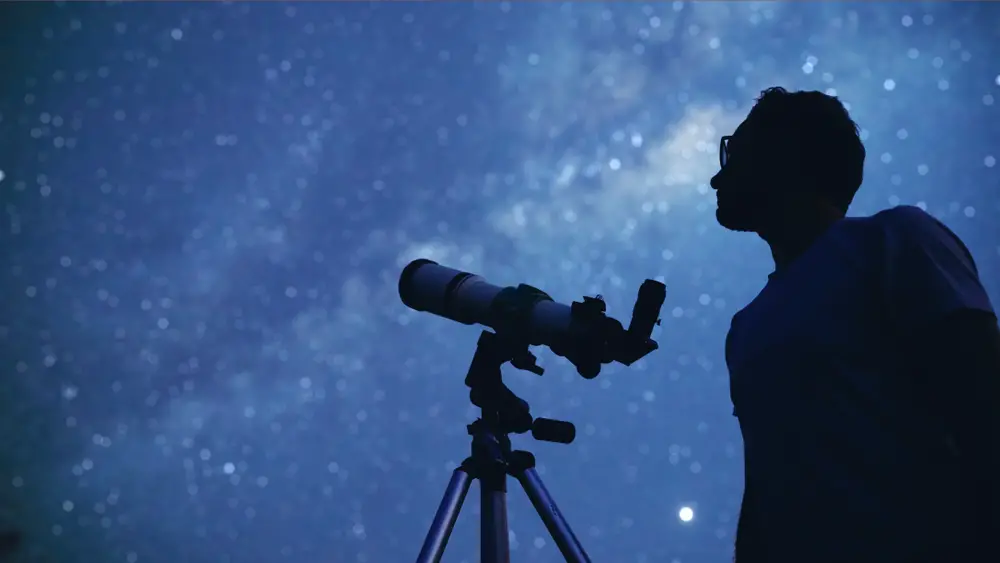
Far beyond our solar system, 55 Cancri e gleams with the promise of riches untold. This planet, twice the size of Earth, is believed to be made largely of carbon, and possibly covered in diamonds, due to the extreme pressure and heat. Imagine a landscape glittering with gemstones, painting a picture as enchanting as it is surreal. But this isn’t just a treasure hunter’s fantasy — it challenges our understanding of planetary composition and the diverse possibilities within the cosmos.
Could this signify a new class of planets we have yet to discover? For now, 55 Cancri e remains a tantalizing hint at the diversity of planets that exist beyond our field of vision. It reminds us that the universe holds infinite possibilities, some dazzlingly different from our own terrestrial experience. The diamond planet is a testament to the wonders that lie in the vastness of space, waiting to be uncovered.
5. The Hyperactive Volcano: Io
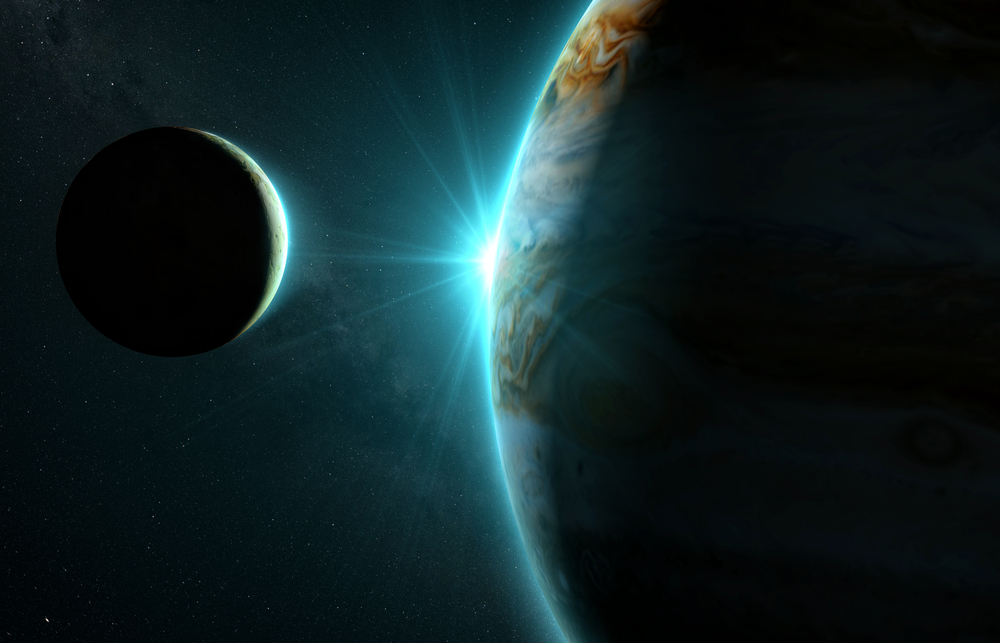
Io, one of Jupiter’s many moons, is the most volcanically active body in our solar system. Its surface is constantly reshaped by eruptions, with lava flows and sulfur plumes painting a vibrant, ever-changing landscape. The intense gravitational pull from Jupiter and its neighboring moons generates immense tidal forces, heating Io’s interior and fueling its volcanic activity. This dynamic environment offers a natural laboratory for studying geological processes in ways the Earth cannot.
Dr. Rosaly M. Lopes, a renowned volcanologist, mentioned in her work with The Planetary Science Journal, highlights that Io’s extreme volcanism provides insights into early Earth conditions. By comparing Io’s volcanic activity to that of Earth’s past, scientists are able to piece together a more complete picture of our planet’s geological evolution. Io’s fiery surface is more than a spectacle; it’s a key to understanding the forces that have shaped worlds, including our own. The mysteries of Io remind us that the forces of creation and destruction are always at play, both near and far.
6. The Rogue Wanderer: Planet Nine
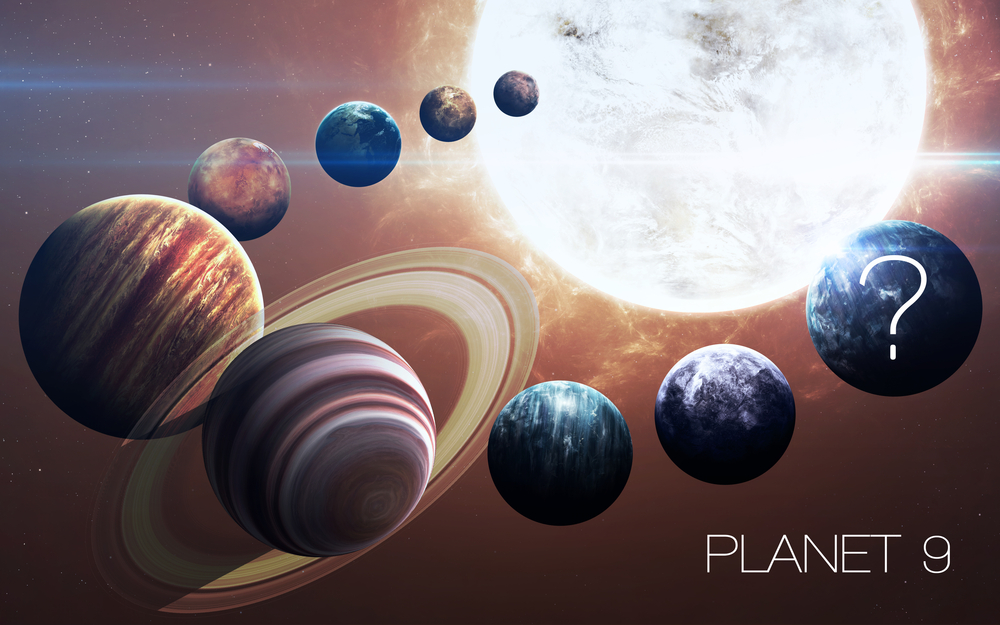
Planet Nine, a hypothesized massive planet lurking in the outer reaches of our solar system, has captured the imagination of astronomers and space enthusiasts alike. Unlike the planets we know and love, Planet Nine is theorized to be a rogue world, flung out to the farthest edges by gravitational interactions. Its existence remains speculative, but its potential presence is inferred from the peculiar orbits of distant icy bodies in the Kuiper Belt. The hunt for Planet Nine is as much about the thrill of discovery as it is about understanding the dynamics of our solar system.
For many, the search for Planet Nine is a modern space odyssey, drawing parallels to the explorations of old. If confirmed, this rogue planet would challenge current models of planetary formation and orbital dynamics. Its discovery might also reshape our understanding of solar system evolution and stability. As telescopes peer deeper into space, the question remains: will Planet Nine emerge from the cosmic shadows, or remain a tantalizing mystery?
7. The Ghostly Rings: Saturn
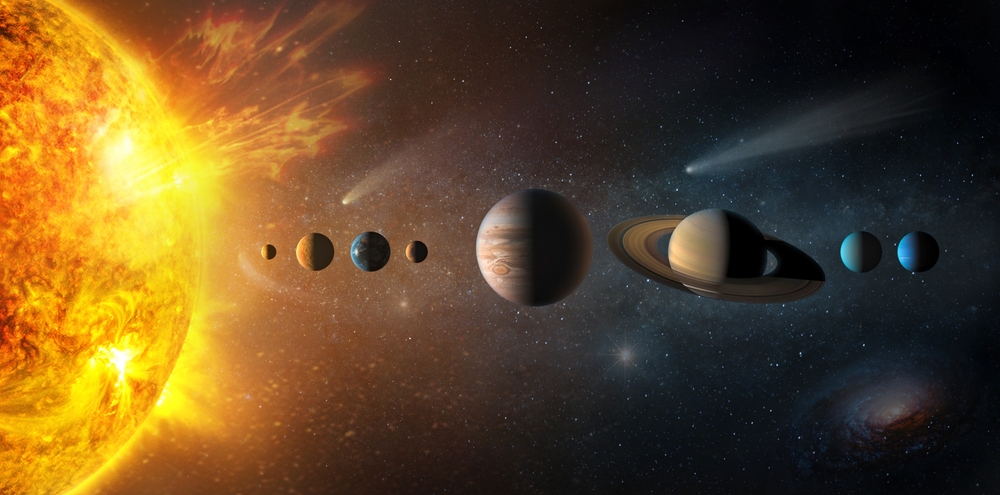
Saturn’s rings, both beautiful and enigmatic, are a defining feature of our solar system. Yet, these rings are not permanent, and recent studies suggest they are vanishing at an alarming rate. This celestial vanishing act, often referred to as “ring rain,” occurs as the rings’ icy particles are pulled into Saturn by gravity and vaporized by the planet’s atmosphere. The phenomenon raises questions about what this means for Saturn’s future and how planetary rings evolve over time.
A study led by NASA and published in the journal Icarus highlights that Saturn’s rings could disappear within a hundred million years—a mere blink of an eye in cosmic terms. Understanding this process offers a glimpse into the life cycles of planetary rings and the dynamic forces shaping our solar system. As we look at Saturn’s ephemeral beauty, it reminds us of the transient nature of celestial phenomena and the ever-changing tapestry of the universe. The fading rings of Saturn are a cosmic reminder that even the most stunning spectacles are temporary.
8. The Cold Trap: Neptune’s Moon Triton
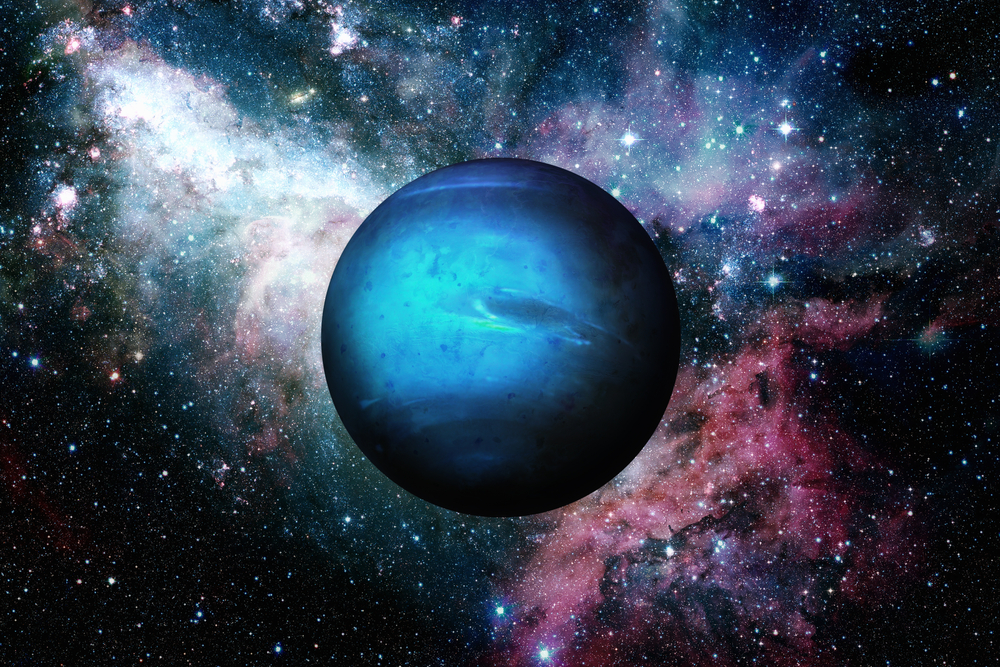
Triton, Neptune’s largest moon, is a place of icy mysteries and extreme cold. It’s unique for its retrograde orbit, suggesting it was likely captured by Neptune’s gravity rather than forming alongside it. This moon boasts geysers that erupt with nitrogen ice, hinting at a subsurface ocean kept warm by tidal forces. The surface, a frozen world with cantaloupe-like terrain, invites questions about its geological history and potential for hosting life.
Could Triton’s underground ocean harbor life similar to Earth’s deep-sea environments? The possibility of life existing in such cold, dark environments expands our understanding of habitability beyond the traditional “Goldilocks zone.” By studying Triton, scientists hope to learn more about the conditions required for life and the processes at work beneath icy exteriors. This distant moon serves as a reminder that alien life could exist in unexpected places, challenging our assumptions about where to look.
9. The Resilient Survivor: Mercury
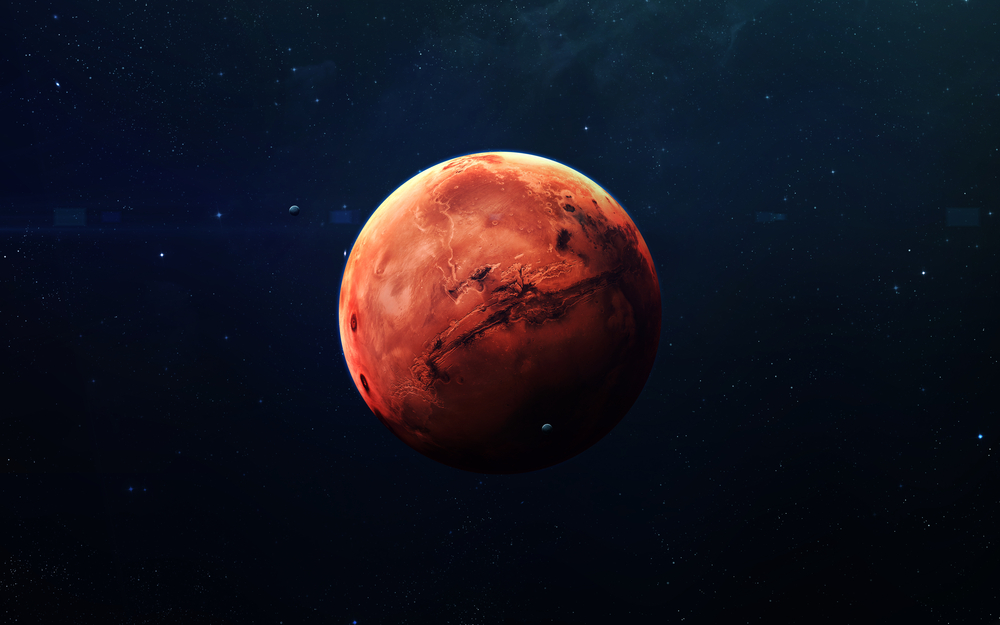
Mercury, the closest planet to the sun, endures a relentless solar bombardment that would obliterate anything less resilient. Its surface bears the scars of intense solar radiation and climate extremes, from searing heat to bone-chilling cold. Yet, Mercury persists, withstanding the sun’s fury in a way that defies expectations. This resilience makes it an intriguing subject for scientists studying planetary formation and survival in harsh space environments.
How does Mercury maintain such composure under the sun’s relentless assault? Understanding its geological and magnetic characteristics could shed light on planetary evolution and the factors that enable a planet to withstand extreme conditions. Mercury’s tenacity offers hope that planets can survive even the most punishing environments, and these insights could apply to exoplanets in similarly hostile star systems. In Mercury’s endurance, we find lessons about fortitude and the limits of planetary resilience.
10. The Super Earth: Gliese 581g
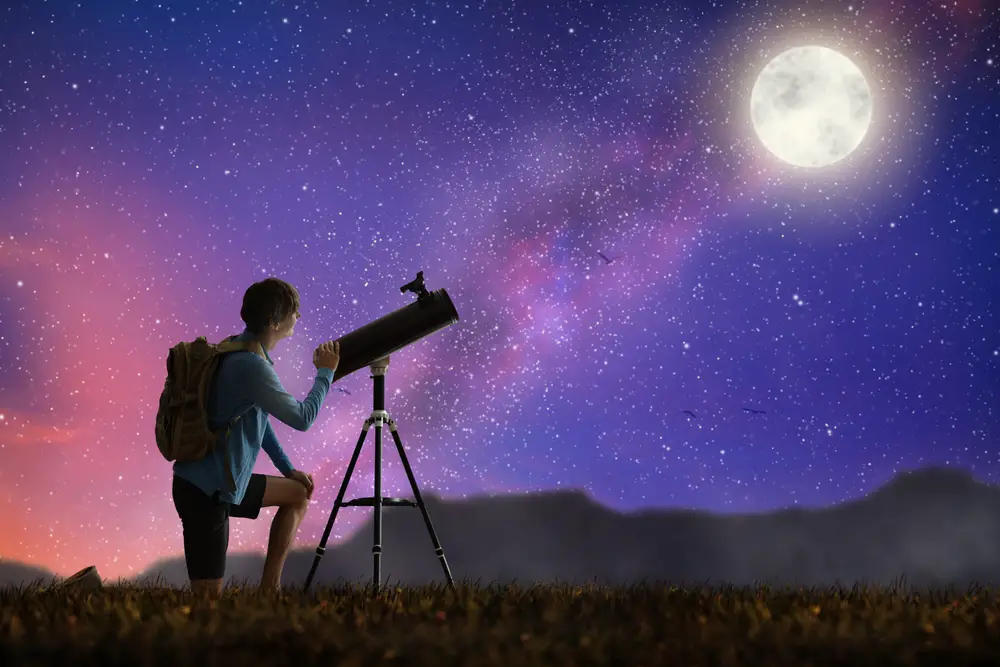
Gliese 581g is heralded as a potential ‘Super Earth,’ residing in the habitable zone of its star where conditions might support liquid water. This exoplanet tantalizes with the possibility of life, orbiting its red dwarf star just the right distance to sustain temperate climates. Its discovery marked a significant milestone in the hunt for Earth-like planets beyond our solar system. The intrigue surrounding Gliese 581g lies in its potential to host life and influence our understanding of habitable zones.
Could this Super Earth be a home for extraterrestrial life forms? Scientists are keen to explore its atmosphere, seeking clues about its composition and potential biosignatures. The study of Gliese 581g pushes the boundaries of what we consider a habitable world, expanding our search for life to planets that differ vastly from our own. As we extend our reach into the cosmos, planets like Gliese 581g challenge us to rethink the conditions that foster life.
11. The Double Planet Mystery: Pluto and Charon
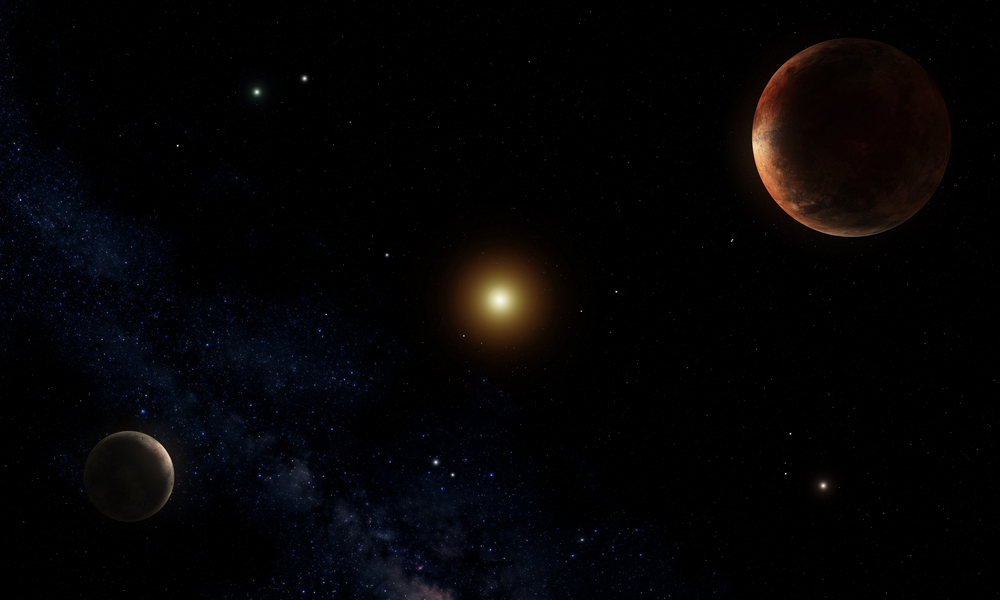
Pluto and its moon Charon share a unique relationship that has captivated astronomers for decades. Unlike typical planet-moon pairings, Pluto and Charon are nearly identical in size, prompting some to consider them a binary planet system. This cosmic duo orbits a common center of gravity located in the space between them, rather than within Pluto itself. This distinctive arrangement raises questions about how such systems form and evolve over time.
What does this mean for our understanding of planetary systems? The binary nature of Pluto and Charon challenges conventional classifications and invites reevaluation of similar celestial pairings. Studying these worlds can provide insights into orbital dynamics and the processes that govern the evolution of binary systems. The tale of Pluto and Charon is a reminder of the diversity and complexity that exists within the universe, offering a glimpse into the myriad ways planets and moons can coexist.
12. The Young Giant: WASP-18b
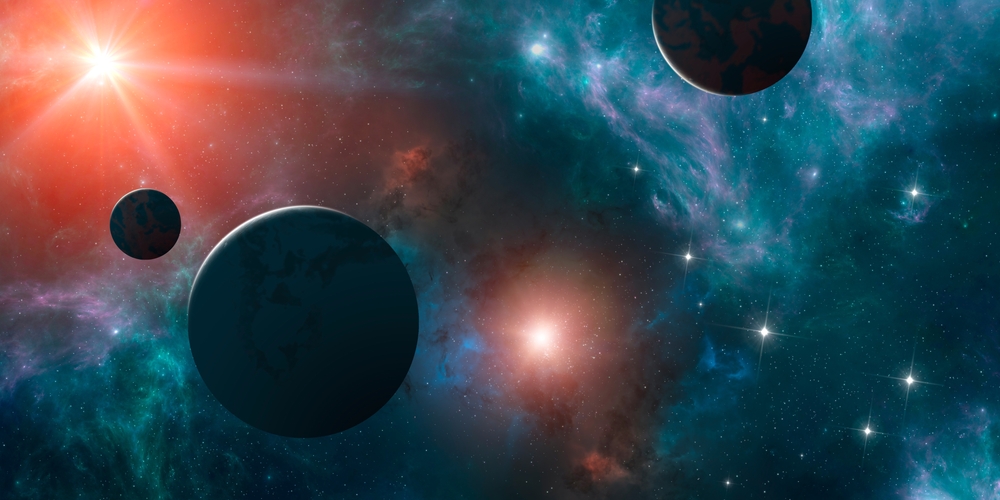
WASP-18b is a massive exoplanet that challenges our understanding of planetary formation and age. Orbiting dangerously close to its host star, this gas giant experiences tidal forces so extreme that it’s spiraling inward, doomed to eventual destruction. What makes WASP-18b particularly intriguing is its surprising youth — it’s too young to have spiraled so close to its star according to current models. This presents a puzzle about the mechanisms at play in its rapid orbital decay.
How does a planet like WASP-18b find itself in such precarious circumstances? Researchers are keen to explore the processes that influence its orbital migration and the factors that contribute to its accelerated aging. By studying WASP-18b, scientists hope to refine models of planetary dynamics and enhance our understanding of the life cycles of gas giants. The story of WASP-18b is a poignant reminder that even the mightiest planets can find themselves in perilous orbits.
13. The Hidden Ocean: Europa
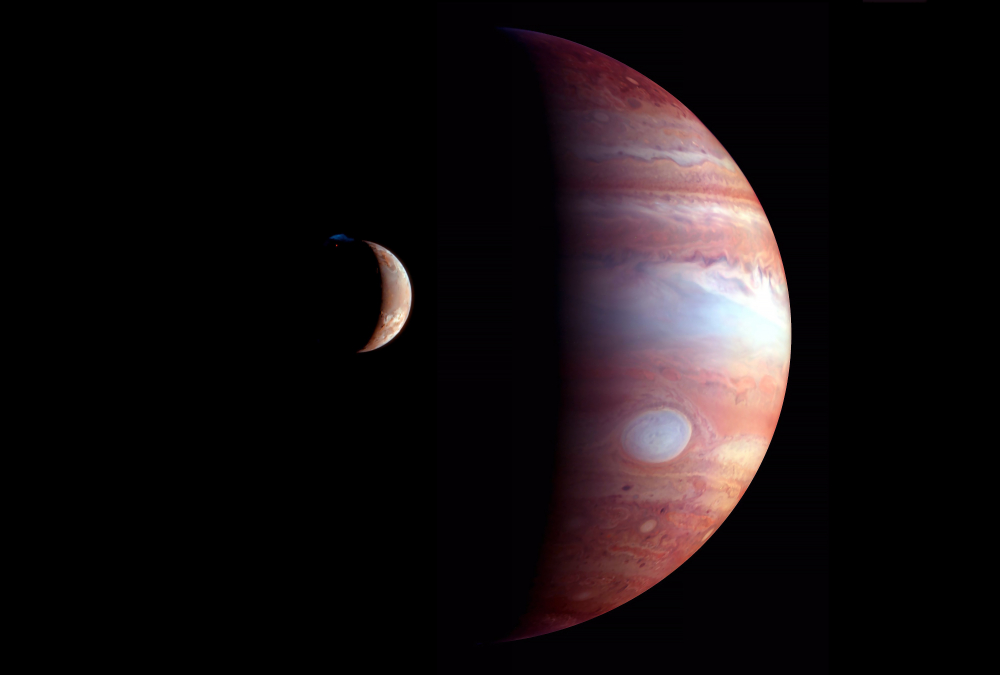
Europa, one of Jupiter’s moons, is an icy world with a secret beneath its frozen crust — a vast, subsurface ocean. This ocean, warmed by tidal forces from Jupiter’s gravity, holds more water than all of Earth’s combined, sparking interest in its potential to harbor life. Europa’s icy surface is crisscrossed with cracks, hinting at the dynamic environment beneath. The mystery of what lies beneath its icy shell makes Europa a prime target for future exploration.
Could Europa be hiding life in its deep, dark waters? Scientists are eager to send probes to explore its ocean, searching for signs of microbial life and understanding the moon’s geophysical processes. The potential discovery of life on Europa would have profound implications for our understanding of life’s resilience and adaptability. Europa’s hidden ocean represents one of the most tantalizing frontiers in the search for extraterrestrial life, waiting to be unlocked.
